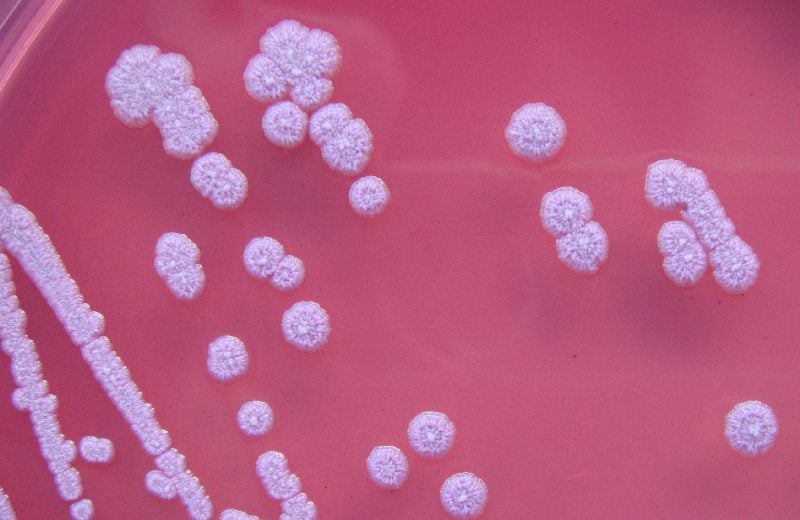CDC Warns of a Bacteria that Causes Rare and Serious Disease Discovered in U.S. for 1st time in Environmental Samples
CDC Warns of a Bacteria that Causes Rare and Serious Disease Discovered in U.S. for 1st time in Environmental Samples

Photo: Creative Commons
For the first time, a strain of bacteria generally seen in tropical and subtropical regions has been identified in the US, prompting a warning from the Centers for Disease Control and Prevention (CDC).
In a statement released on Wednesday, CDC announced it has identified for the first time in environmental samples in the US the bacteria that cause melioidosis or also called Whitmore’s disease, a rare and severe disease.
According to the press release, the CDC found out that two people who lived close to the Gulf Coast got sick with meliodosis, one in 2020 and the other in 2022 “prompting state health officials and CDC to take samples and test household products, soil, and water in and around both patients’ homes, with permission.”
“The bacteria, Burkholderia pseudomallei or B. pseudomallei, was identified through sampling of soil and water in the Gulf Coast region of Mississippi,” CDC said in a statement.
“It is unclear how long the bacteria has been in the environment and where else it might be found in the U.S.; however, modeling suggests that the environmental conditions found in the Gulf Coast states are conducive to the growth of B. pseudomallei.
“CDC is alerting clinicians throughout the country of this discovery through a national health advisory, reminding them to be aware of the signs and symptoms of melioidosis and to consider melioidosis in patients that present with symptoms of the disease,” the agency warned.
The CDC and its state partners are conducting an investigation to find out how widespread the bacteria is within the continental US. The agency said that the risk to the general population in the US “continues to be very low.”
Here’s what we know about Burkholderia pseudomallei according to CDC:
Melioidosis is caused by direct contact with B. pseudomallei, which is found in contaminated soil and water. Among the average of 12 melioidosis cases diagnosed in the United States each year, most have occurred in people with recent travel to a country where this bacteria is endemic. Cases of melioidosis have also been linked to contaminated commercial products imported from disease-endemic countries. This recently occurred in 2021 when a cluster of four cases in four states were linked to an imported contaminated aromatherapy spray
Melioidosis has a wide range of nonspecific symptoms like fever, joint pain, and headaches and can cause conditions that include pneumonia, abscess formation, or blood infections. Worldwide, melioidosis is fatal in 10 – 50% of those infected. B. pseudomallei has historically been found in tropical and sub-tropical areas such as South and Southeast Asia, northern Australia, and parts of Central and South America and Puerto Rico. Given the very small number of cases of melioidosis identified historically in the United States, CDC believes the risk of melioidosis for the general population continues to be very low.
Individuals living in the Gulf Coast of Mississippi and who have health conditions that may put them at higher risk—such as diabetes, chronic kidney disease, chronic lung disease, or excessive alcohol use— should take precautions to protect themselves:
- Avoid contact with soil or muddy water, particularly after heavy rains, and protect open wounds with waterproof dressings.
- Wear waterproof boots when gardening, doing yard work, or doing agricultural work, which can prevent infection through the feet and lower legs—particularly after flooding or storms.
- Wear gloves to protect the hands when working directly with soil.
The post CDC Warns of a Bacteria that Causes Rare and Serious Disease Discovered in U.S. for 1st time in Environmental Samples appeared first on The Gateway Pundit.
Go to Source
Author: Jim Hoft

